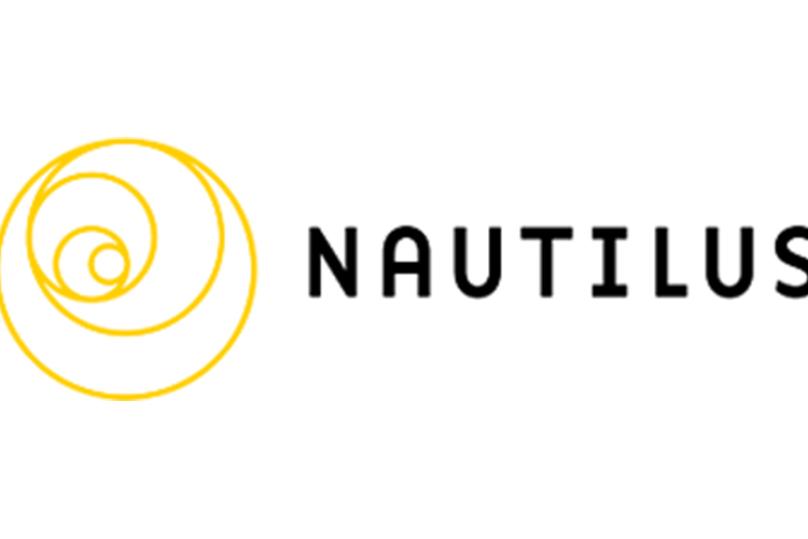
When 100+ MƒA teachers gathered for the first annual MƒA Summer Think this past July, reporter and writer for the New Yorker Siobhan Roberts joined them for a variety of teacher-designed, teach-led workshops and support sessions. One of the highlights of the three-day conference was an investigation led by MƒA Master Teachers Rachel Jun and Laryssa Kramarchuk into how vigorous agitation of ice and salt, and cream and sugar could be used to teach math and science. Here are some excerpts from Siobhan’s piece, which appeared in Nautilus Magazine:
Chemistry teachers Rachel Jun and Laryssa Kramarchuk led the ice-cream support session, drawing from an elective course designed by Kramarchuk called, “What’s Cooking?”—determining the heat index of chili peppers, using a laser-gun thermometer pointed into mouths before and after taste tests; and observing the chemistry of fermentation in a root beer lab.
“It’s a non-linear approach to teaching,” said Kramarchuk. Students design their own experiments, following their curiosity and whatever line of inquiry strikes their fancy—an engaging process that serves as something of an elixir in countering math and science anxiety. Kramarchuk cautioned, however, that with this more dynamic rubric, teachers, too, must embrace the unknown. “I was really scared,” she told her colleagues. “I had to let go of the need to know everything. There are times when I tell my students, ‘I don’t know all the answers. Let’s talk about it together, let’s investigate and figure it out. That’s science.’”
[…]
“In the classroom, four teams of workshop attendees diligently shook-shook-shook, with Taylor Swift: “Baby, I’m just gonna shake, shake, shake ...”
They paused every minute, as instructed, to measure the temperature of the slush. “I’m getting really excited for the data,” Kramarchuk said. Depending on the amount of sugar, the bonds of ice cream form at about 26.6 degrees Fahrenheit, though each team changed things up with an independent variable—a different type milk, or sugar, or salt (magnesium chloride, for example), catalyzing different results.
The magic can be summed up with an infamous mnemonic device from chemistry class. “Remember BARF?” Kramarchuk asked. "Break bonds, Absorb energy, Release energy, Form bonds.”
MƒA Master Teachers who led sessions during the Summer Think explored topics like “Kitchen Chemistry,” “Climate Justice,” and “Winning Hearts and Minds.”
“Why is it that you must immediately start licking an ice cream cone in earnest to prevent it from dripping profusely, yet once half the scoop is consumed, you no longer suffer so much dripping? The answer, according to the Math for America Master Teacher Andrew Wille can be found in relating the rate of change of the radius to the volume of melting ice cream at any given moment.
“If you assume that the ice cream is melting on its surface, it is reasonable to assume that the radius is decreasing at a constant rate. If so, you get much bigger changes in volume for larger radii than smaller radii, about 12 times the radius squared,” he said. “Therefore, much more ice cream is melting at the beginning when the radius is bigger than near the end when the radius is smaller.””